Get Prescription Drug Addiction Treatment in Latin America
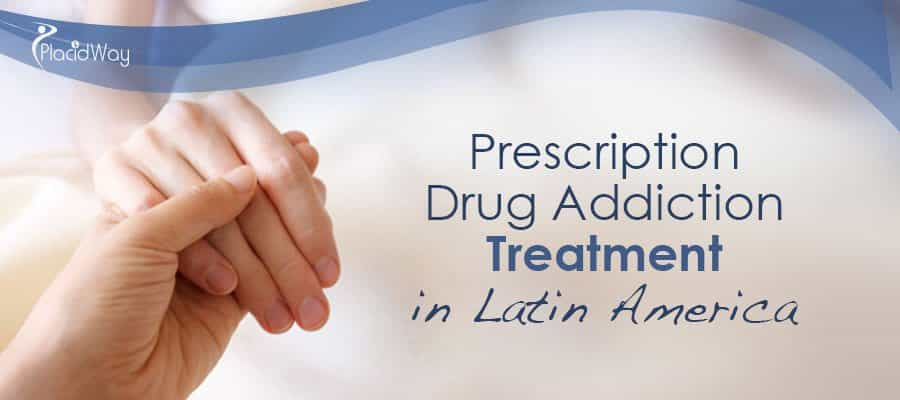
Prescription Drug Addiction Treatment in Latin America
Breaking free of prescription drug abuse takes much more than willpower. Fortunately, medications and counseling can improve the chances of success in best addiction treatment clinics in Latin America. Newer drugs like buprenorphine (sometimes combined with naloxone) and naltrexone and traditional therapies like methadone and 12-step programs, are helping thousands of people stay on the road to recovery in medical centers from Costa Rica and Mexico.
Early identification of prescription drug abuse and early intervention may prevent the problem from turning into an addiction if choosing the health care services provided by the best drug addiction treatment centers in Latin America.
Signs and symptoms of prescription drug abuse depend on the particular drug. Because of their mind-altering properties, the most commonly abused prescription drugs are:
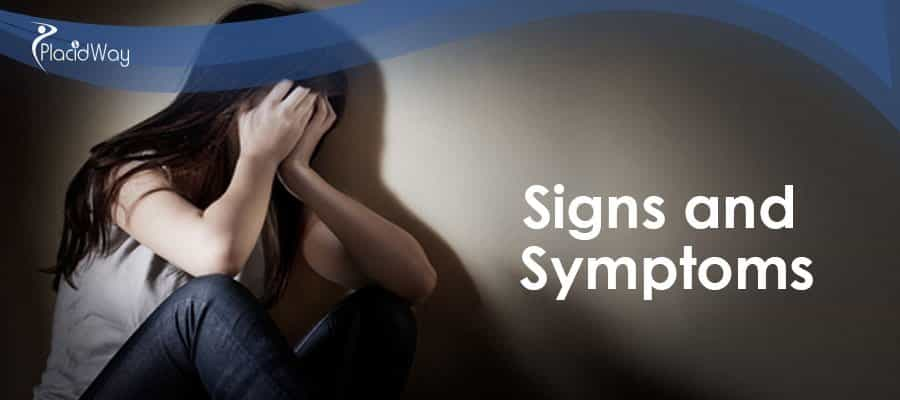
Signs and Symptoms of Prescription Drug Abuse
|
Opioid painkillers |
Sedatives and anti-anxiety medications |
Stimulants |
|
|
|
Other signs include:
- Stealing, forging or selling prescriptions
- Taking higher doses than prescribed
- Excessive mood swings or hostility
- Increase or decrease in sleep
- Poor decision making
- Appearing to be high, unusually energetic or revved up, or sedated
- Continually "losing" prescriptions, so more prescriptions must be written
- Seeking prescriptions from more than one doctor
Opioid addiction isn't a moral or mental weakness. It's a chronic medical condition that results from changes in the brain in susceptible people. Once narcotic addiction has developed, escaping the cycle of detox and relapse is typically a long-term process.
Causes of Prescription Drug Addiction
Teens and adults abuse prescription drugs for a number of reasons. Some of these include:
- To feel good or get high
- To relax or relieve tension
- To reduce appetite or increase alertness
- To experiment with the mental effects of the substance
- To maintain an addiction and prevent withdrawal
- To be accepted by peers (peer pressure) or to be social
- To try to improve concentration and academic or work performance
An increasing problem, prescription drug abuse can affect all age groups, but it's more common in young people. The prescription drugs most often abused include painkillers, sedatives, anti-anxiety medications and stimulants.
Risk Factors for Prescription Drug Abuse include:
- Past or present addictions to other substances, including alcohol
- Younger age, specifically the teens or early 20s
- Certain pre-existing psychiatric conditions
- Exposure to peer pressure or a social environment where there's drug use
- Easier access to prescription drugs, such as working in a health care setting
- Lack of knowledge about prescription drugs
Physical Dependence and Detoxification
Narcotic addiction leads to real changes in certain areas of the brain. Prescription drug addiction alters the circuits responsible for mood and "reward" behaviors.
In addition, long-term prescription drug abuse affects virtually all the systems in the body. Cutting off the supply abruptly leads to opioid withdrawal symptoms.
Symptoms of Opioid Withdrawal Include:
- Craving for drugs
- Diarrhea
- Large pupils
- Yawning
- Abdominal pain
- Chills and goosebumps
- Nausea and vomiting
- Body aches
- Agitation and severe negative moods
Opioid withdrawal lasts from hours to several days -- and sometimes weeks -- depending on how long and how much a person has used their drug of choice. After the intense initial symptoms subside, some physical and mental discomfort may persist for weeks.
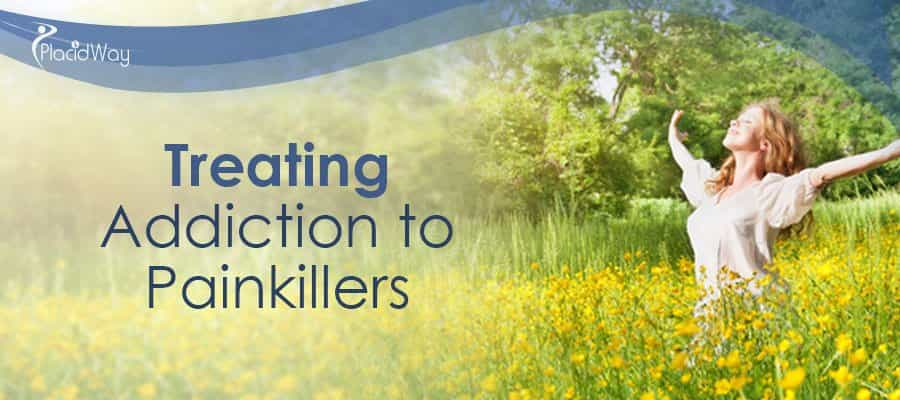
Treating an Addiction to Painkillers
Medications for Opioid Withdrawal
- Methadone
- Buprenorphine and Naloxone (Suboxone)
- Clonidine
- "Rapid detox" programs
Treatment must take into account the type of drug used and the needs of the individual. Successful treatment may need to incorporate several components, including detoxification, counseling, and sometimes the use of addiction medications. Multiple courses of treatment may be needed for the patient to make a full recovery
12-Step Counseling Programs
Most experts and treatment centers recommend participation in a 12-step program or other form of counseling. Therapy can take place as an outpatient, or in a residential facility. Alternatives to 12-step programs include:
- Cognitive behavioral therapy
- Motivational interviewing
- Family and couples therapy
Recovery from prescription drug addiction can be expensive. However, it is far less costly in comparison with the cost of addiction and continuous use of drugs.
Top Destinations in Latin America for Prescription Drug Addiction Treatment
Nuevo Ser Clinic Addiction Rehabilitation and Detox Center, Tijuana, Mexico
Nuevo Ser Clinic Addiction Rehabilitation and Detox Center Mexico
Alcohol, Heroin, Methadone addiction treatment - $9,000
Villa Paz Addiction Treatment Clinic, San Jose, Costa Rica
Prescription Drug Addiction Treatment in Latin America at Villa Paz Addiction Treatment Clinic, San Jose, Costa Rica banner
Alianza Medica Global | MCMX , Hermosillo, Mexico
If you think you, or a family member, might be addicted to prescription drugs please seek support for the problem.
Do it today!



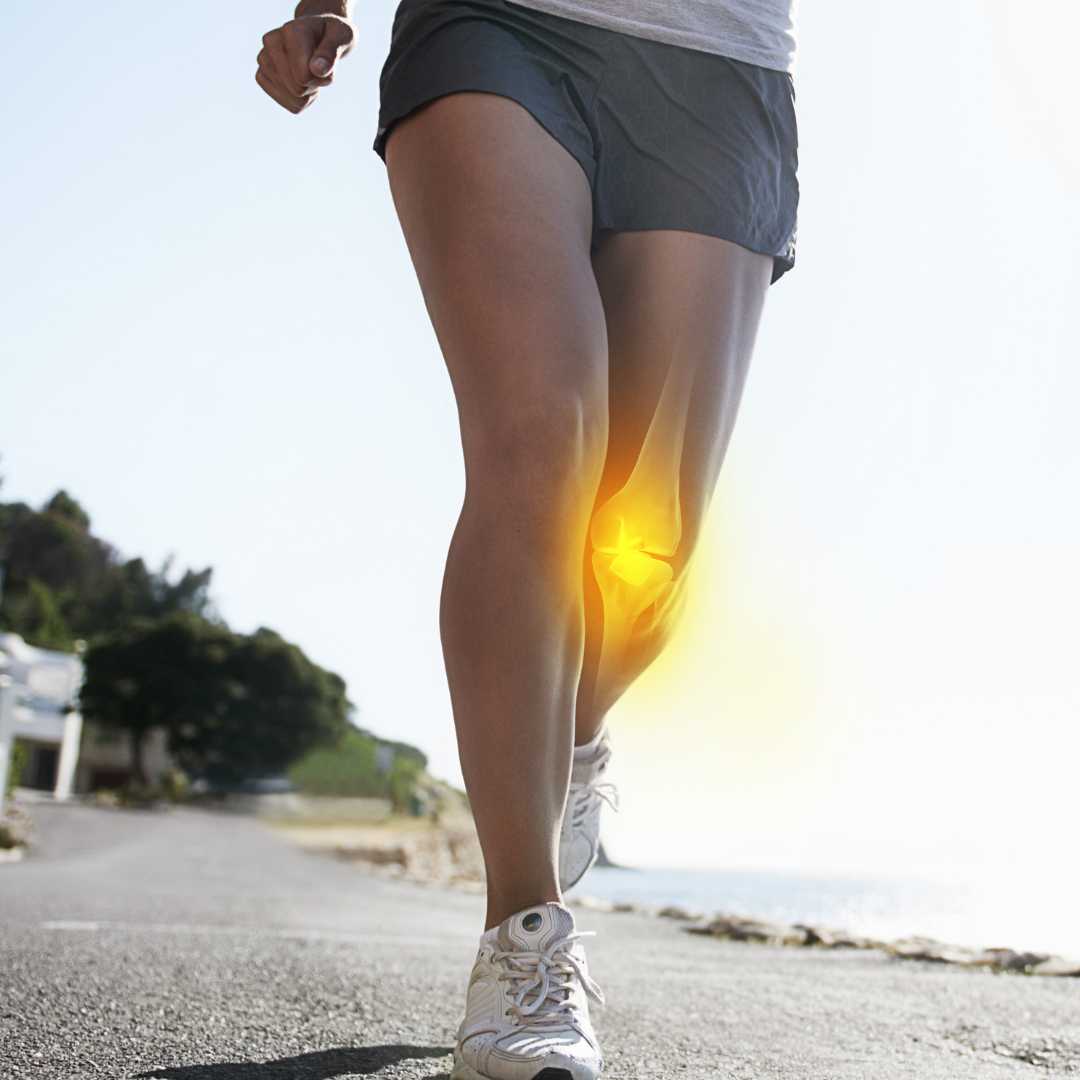

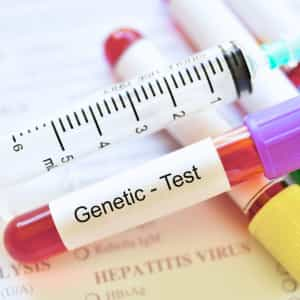

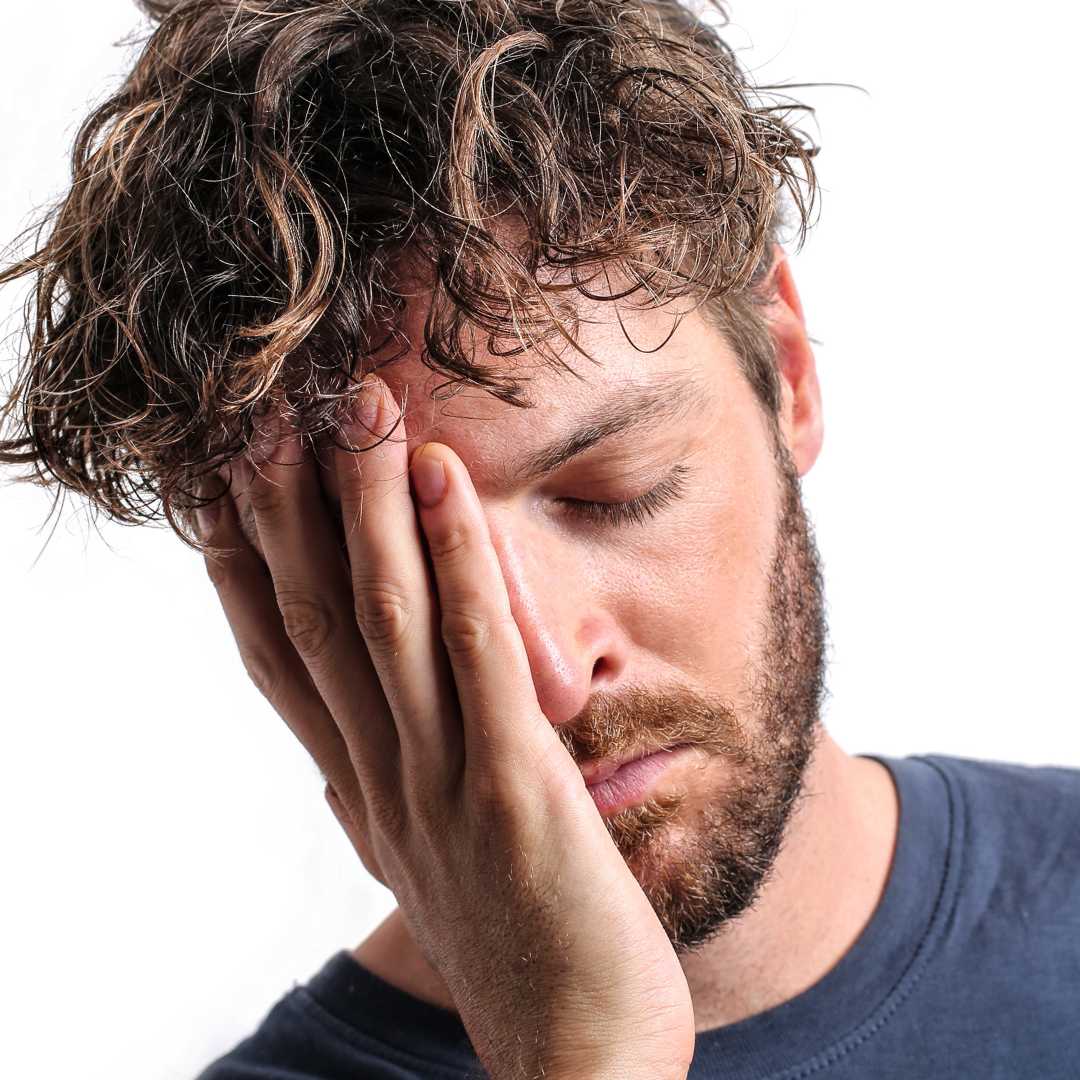




Share this listing